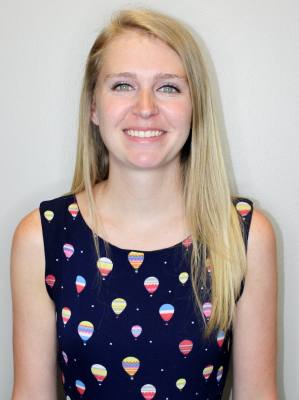Lone Star College System has increased tuition by $2 per credit hour amid rising student enrollment and has lowered its tax rate by a fraction of a cent.
LSCS approved a $347.7 million budget for the 2016-17 school year at an Aug. 4 board meeting. Funds for 20 new faculty members are included in the budget, and all full-time and part-time employees will receive a 2 percent pay increase.
With the tuition increase, the base cost of the first credit hour at LSCS in 2016-17 is now $94, plus $62 for each additional credit hour.
The budget also includes a $4 per credit hour increase in differential fees, LSCS Chancellor Steve Head said. Differential fees are added to the tuition cost for certain subjects, including biology, engineering and health occupations.
“We’re in the right place,” Head said. “That [differential fee increase] takes some of the pressure off of tuition and some of the issues we might have with the state.”
Funding from the state for the 2016-17 budget remains at $74 million, the same it received in 2015-16, although increases in enrollment mean the same amount of money will serve a larger number of students.
“The actual dollar amount the state of Texas provides Lone Star College has remained relatively flat,” said Amos McDonald, LSCS vice chancellor of government and public relations. “The tremendous student enrollment growth Lone Star College has experienced and the general growth of our service area has caused the percent of revenue the state funds to be smaller.”
The total LSCS student enrollment as of the fall 2015 semester was 83,932. That is an increase of 1,114 students from the previous year, according to LSCS student demographic reports. However, enrollment has increased by a total of 14,593 students since 2010, according to district reports.
The district has proposed a tax rate of 10.78 cents per $100 valuation, which represents a .01-cent decrease from last year’s tax rate. The owner of property valued at $100,000 would pay $107.80 in annual property taxes to LSCS under the proposed tax rate.
The board approved the tax rate at its Oct. 3 board meeting, LSCS Media Relations Manager Bill Van Rysdam said. Two public hearings for the tax rate were held in September and no speakers commented, he said.
Public hearings were required because the rate was higher than the effective tax rate of 10.6 cents per $100 valuation. Under Texas law, the effective tax rate is the rate the district would need to maintain the same amount of property tax revenue as the previous year.
The district received $125 million in property tax revenue last year and expects to receive about $134 million in 2016-17, Van Rysdam said. The revenue increase will address the shortfall created by static state aid and will fund new teaching positions and salary increases.
Spring ISD, one of the 11 districts within LSCS’ boundaries, holds several events and programs during the school year to provide financial aid guidance and resources for students facing rising tuition costs at both community colleges and four-year universities.
“We work with Lone Star College to offer events on financial aid completion, including campus events where Lone Star College financial aid advisers will be available to help students complete the Free Application for Federal Student Aid,” SISD Communications Director Karen Garrison said.




